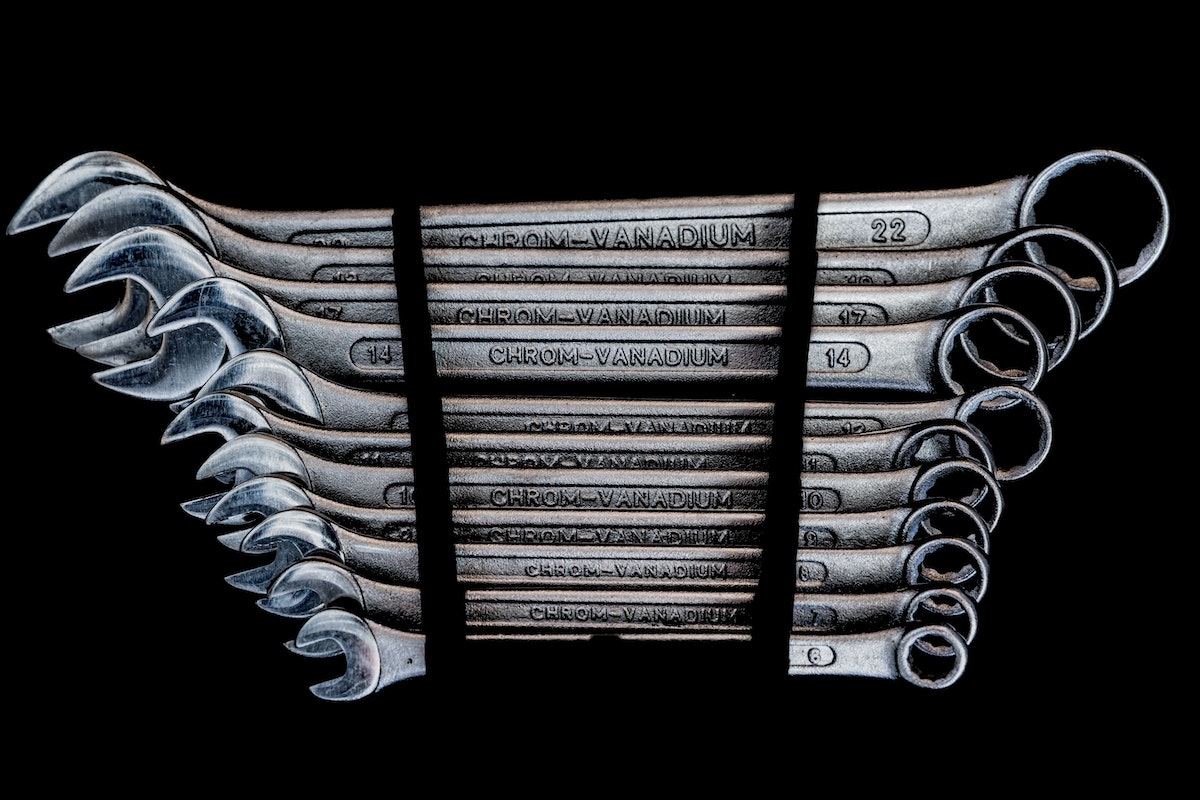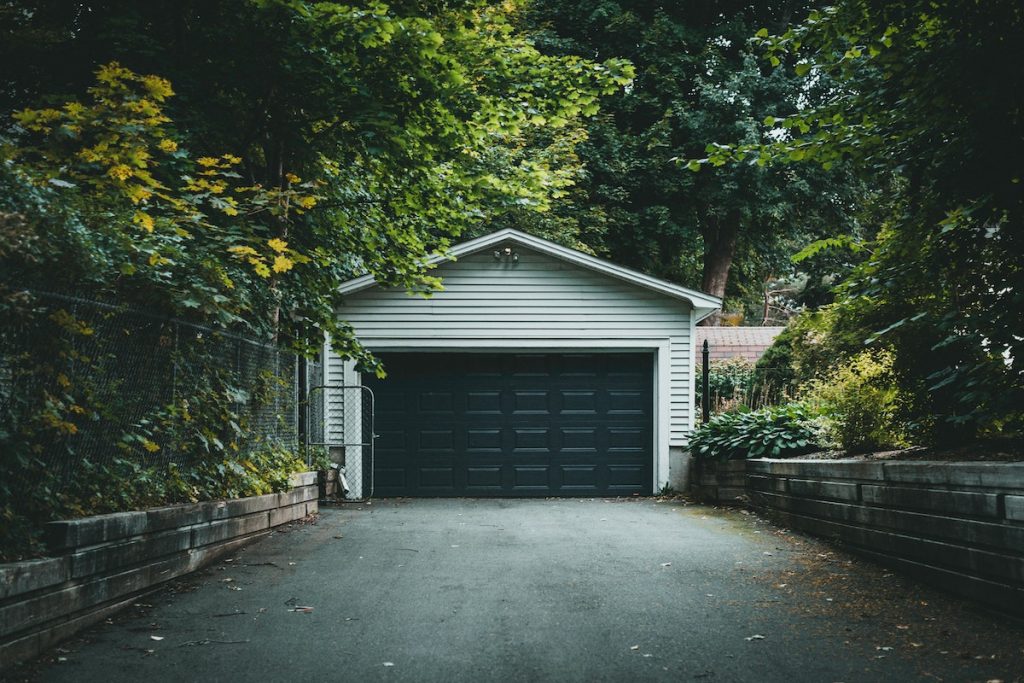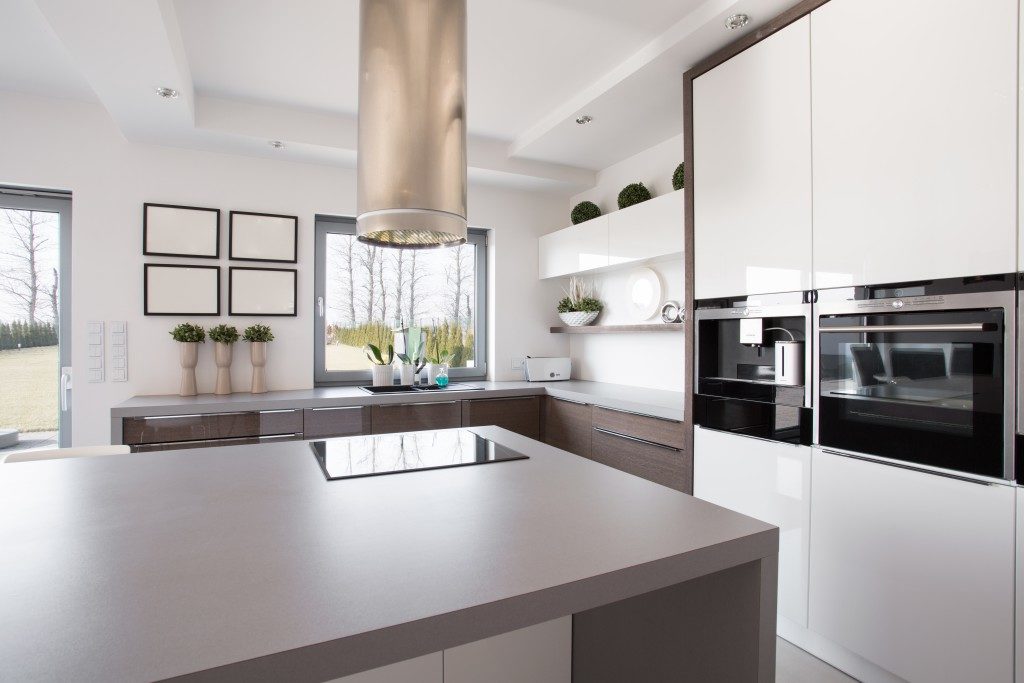- Garage door sensors allow garage doors to close and/or open when there’s no movement under the door.
- Homeowners choose garage door sensors mainly because of the sense of boosted convenience.
- Misaligned garage door sensors can cause serious issues like door reversals that can harm people and objects.
- If these sensors malfunction, you can fix the issue yourself using some simple tools.
- Garage door sensors should be regularly cleaned using a brush or a soft cloth.
- If you attempt to realign the sensors yourself, always cut off the power supply to the garage first.
When discussing garage doors, the sensors are one of the garage elements that eventually make or break the deal. If your garage door sensors are not properly aligned, they could trigger serious issues like sensor malfunctions, door reversals, etc.
If the garage door opener lights are not working and you have to step out of your car to open the garage door to be able to park your car inside, are you really making the most out of it? Probably not, because you are doing all the work the garage door sensors should do instead.
One of the reasons your garage door won’t open or close properly is that one of the sensors is not emitting or receiving the signal that prompts a garage door to close or open.
If you are wondering how to align garage door sensors, stay with us as we break down all there is to know about garage door sensors and what to do when you need to realign the sensors.
- What Is a Garage Door Sensor?
- How Do Garage Door Sensors Work?
- Tools Required To Align Garage Door Sensors
- Step-By-Step Guide to Align Garage Door Sensors
- Benefits Of Using Garage Door Sensors
- Safety Tips And Precautions To Follow While Aligning Garage Door Sensors
- Conclusion
- FAQs
- 1) What are the signs that indicate the garage door sensors need realignment?
- 2) Can I realign garage door sensors myself or hire a professional?
- 3) What are the step-by-step instructions for aligning garage door sensors?
- 4) What should I do if realigning the garage door sensors doesn’t fix the problem?
- 5) Are there any troubleshooting methods for addressing alignment issues with garage door sensors?
What Is a Garage Door Sensor?
In essence, garage door sensors are pieces of gear connected to the automatic door openers. The main goal of a garage door sensor is to minimize the chances of accidents, including children, pets, vehicles, and other objects. One of the sensors emits a signal, and the other one receives the signal.
Typically, there are two types of garage door sensors: residential and commercial, and both of them operate using two sensors, one on each end of the track. If something is in the way of the garage door, the sensors emit a signal to the automatic opener, which results in the door not closing and re-opening.
How Do Garage Door Sensors Work?
As we mentioned, your garage door is equipped with two sensors. One is called the emitter (the one that transmits signals), and the other is called the receiver. You don’t really have to know which one’s what to know that something isn’t right.
The garage door sensors must be aligned for the door to function properly. In fact, if these two parts are not perfectly aligned, the receiver won’t pick up the emitter’s signal, and the door will not close. In other words, you’ll have to manually open the garage door every time you leave or enter your garage.
Both sensors use infrared light, which is not visible to the naked eye. The emitter sends this invisible light to the receiver, thus initiating the process of closing the garage door.
The infrared light travels in a straight line between the two sensors, and if there is any obstacle in its path, the receiver will stop functioning. This causes the door to halt in its current position, preventing any objects underneath from being crushed.
If the garage door sensors stop working, there are several reasons for it, such as:
- The sensors may have accumulated too much dirt.
- The connection cables may have been damaged due to an impact.
- The sensors might have been exposed to excessive direct sunlight.
- Vibrations from the door could have caused damage to the sensors.
- The alignment of the sensors with each other may be incorrect, and there may be issues with the wiring between the door opener and the sensors.
Tools Required To Align Garage Door Sensors
If you have garage paint ideas that you want to DIY, you might also be able to align your door sensors by yourself. Now, don’t worry if you don’t know how to set garage door sensors, as the garage door sensor alignment is not all that difficult; well, not if you know which tools you need and where to focus your attention.
To make sure your garage door sensors are properly aligned, gather the following tools:
- Tape measure: Use a tape measure to ensure accurate alignment and positioning of the sensors.
- Screwdriver: You’ll probably need a screwdriver to tighten or loosen the screws that hold the sensors in place.
- Level: A bubble or laser level can help you check if the sensors are properly aligned both horizontally and vertically.
- Wrench: Depending on the type of mounting brackets used for the sensors, you might need a wrench to adjust and secure them.

- Cleaning supplies: If the sensors are dirty or obstructed, you might make a little mess, so make sure you have your cleaning supplies nearby. A soft cloth and a brush should be enough.
Now, before you get to work, check out any relevant user manuals you have. This is to ensure you follow the recommendations on how to align garage door sensor since different garage door models recommend distinguishing tools for the job. Also, if there’s a garage heater in your garage, make sure the temperature is within optimal range.
Step-By-Step Guide to Align Garage Door Sensors
Without any ado, let’s go over the process of aligning garage door sensors step by step.

Step 1: Disconnect the Power Supply to the Garage
Bypass garage door sensors by cutting off the power supply to the garage. There are two ways to ensure there’s no power coming to the garage door. The first one is to turn off the switch to the sensors, in case they are plugged into a wall), or you can trip the fuse of the whole garage straight from your breaker box.
Also, keep in mind you are protected when handling the wires by wearing electricity-resistant gloves. Even though you might not be fiddling with live wires per se, it’s better to be safe than sorry.
- Extra Tip: If you haven’t got any electricity-resistant gloves and need to go shopping for a pair, make sure to mind the class. Gloves rated 0 or 00 are designed to take on as much as 500 volts of electrical current, making them a great pick for aligning garage door sensors.

Step 2: Get Rid of the Screws Holding the Sensors
After you make sure no power is coming to the sensors, unscrew the screws on the mounting brackets holding the sensors. This is where you use the screwdriver: turn it to the left until the screws are about to loosen nicely. There’s no need to remove the screws completely; just loosen them because you’ll focus on adjusting the brackets.
Step 3: Reposition the Garage Door Sensors
Now that the screws are loose enough, make sure the brackets can easily glide up and down. Next, use your hands (no gloves on) to lower the garage door sensors. Remember not to use a wrench to move the sensor because it will scratch the sensor’s surface and might prevent it from working properly.
Glide the sensors as low as possible while making sure they stay within the brackets.
Step 4: Attach the String and Tie the Knots
Once the sensors are lowered but still in the brackets, make sure to attach an end of a string to one sensor (and its bracket) and the other end to the second sensor. Next, make sure to tie a tight knot. This is probably the most important step of all because if the knot is not tight enough, won’t hold the sensors to the brackets and leave you with misaligned sensors.
Take the other end of the string that isn’t tied yet and run it across the opening of the garage and roll it around the other sensor right in the center of the sensor. Now, tie a knot on that end and make sure the string stays straight.
Step 5: Check How Level the String Is
Get the level and place it below the string, and make sure it is level across the doorway to the garage. Press the level firmly against the string and hold it like that for a couple of seconds.
If the line is level, you’re good. If it isn’t, move one or both sensors by sliding their mounting brackets to adjust them. Keep adjusting until the level shows that both sensors are in line.
Step 6: Secure the Screws
Now that you’ve made sure the string is level, it’s time to tighten the screws. Make sure to fasten them nicely and leave no room for them to move in their mounting brackets, no matter how hard you try to move them with your fingers.
Next, you might want to recheck the level since all the screw tightening might have thrown off the alignment.
The Final Step
And finally, get rid of the string, turn the power back on, and check the sensors. Everything should be working fine. A garage door alignment sensor ensures proper positioning and safe operation of the door, so make sure you do the steps properly.
Benefits Of Using Garage Door Sensors
- Better Safety: Garage door sensors that are properly aligned are the first thing that ensures safety in the event of an accident and injuries. A malfunctioning garage door due to sensor issues can abruptly close and harm children and objects. According to the
NEISS (National Electronic Injury Surveillance System) (NEISS) approximately 30,000 injuries happen in the United States as a result of garage door malfunctions.
- Damage Prevention: Another benefit of using garage door sensors is the possibility of preventing damage. Garage door sensors aligned in the right way help avoid pricy repairs and replacements caused by damage to vehicles or items stored in the garage. The CPSC (Consumer Product Safety Commission) published a study explaining the incidence of property damage caused by misaligned garage door sensors.
- Extra Convenience: If your garage door runs on properly aligned sensors, you don’t have to worry about manually opening the garage door anymore. The main purpose of garage door sensors is to ensure smooth and uninterrupted opening and closing of garage doors, remotely.
Safety Tips And Precautions To Follow While Aligning Garage Door Sensors
If you have been wondering how to realign garage door sensors, remember that handling the issue on your own is totally fine as long as you stay safe and protected, as well as ensure the safety of anyone around you. Granted, it’s not like you’re replacing your house windows on your own, but still, you’ll be meddling with electricity, so no precaution is small enough.
To realign garage door sensors, keep the following precautions in mind:
- Disconnect the Power: This applies to any housework involving wires and outlets. Before you set out to align the garage door sensors, make sure you cut off the power coming to the garage. This will ensure you don’t accidentally open or close the garage door while working on it.
- Stay Protected: Even though this home errand sounds fairly simple, you better not touch wires with your bare hands and use electricity-resistant gloves instead. You can probably find a pair at your closest hardware store. Also, wearing safety goggles to protect your eyes from dirt and debris is highly recommended.
- Work With a Partner: Your neighbor or one of your friends can be there with you as you align your garage door sensors. Even though sensor realignment is pretty straightforward, it won’t hurt to have someone nearby who can help you grab tools, double-check the level, and so on.
- Test Your Work: After realigning your garage door sensors, it’s time to test your work. Open and close the garage door with your remote; it should stop and reverse if there’s an obstacle in the way.
- Do Regular Maintenance: Set aside time to check the sensors and ensure they are working properly. Also, remember to dust off the sensors from time to time, because buildup can prevent them from operating effectively.
- Consult Professionals: There’s no shame in admitting you do not know how to get garage door sensors aligned. If you’re doubtful, it’s probably best to step aside and call for professional assistance.
If you remember to follow the above safety tips and precautions, you are moving in a direction that will allow you to effectively align your garage door sensors while also fending off potential risks of accidents or injuries. Prioritizing safety throughout the process ensures a secure and reliable garage door operation.
Conclusion
It is important to align the garage door sensor for optimal functionality and safety, and that’s the final take. One of the key properties of working garage door sensors is keeping accidents and injuries out of the way. These sensors prevent the garage door from closing when there is motion detected.
Households with sensors on their garage doors effectively prevent their kids, pets, and objects from suffering injuries when the door closes. When you notice your garage door isn’t working as it should, it’s time to take matters into your hands (or call in the professionals).
Regular checkups and maintenance can ensure your garage door sensors’ efficacy, so dust off the sensors from time to time and see if the screws have become loose.
Remember, the safety of your loved ones and the protection of your property rely on properly adjusting garage door sensors in the first place. Take the time to inspect and maintain them regularly to ensure their optimal performance.
FAQs
1) What are the signs that indicate the garage door sensors need realignment?
Place an object between the sensors. You can use any item nearby: a broom, a bucket, a pair of pliers, etc. In case the door does not close or open, you’re good. But, in case the door does close or open, it means the sensors need to be realigned.
2) Can I realign garage door sensors myself or hire a professional?
Of course, you can. Aligning garage door sensors is pretty straightforward, but if you’re not confident you can do the job, you should consult a professional.
3) What are the step-by-step instructions for aligning garage door sensors?
Cut off the power supply to the garage. Loosen up the screws. Move down the sensors, have a string attached to one sensor, and tie it in a knot. See if the string is straight by using a level. Lastly, fasten the screws and check the level again.
4) What should I do if realigning the garage door sensors doesn’t fix the problem?
If the garage door sensor alignment hasn’t worked, in that case, it is better to call a professional and explain the issue.
5) Are there any troubleshooting methods for addressing alignment issues with garage door sensors?
One of the most common troubleshooting methods is to move the garage door sensors in and out or try sliding them horizontally and vertically. Do this until the LED lights on both sensors light up.



